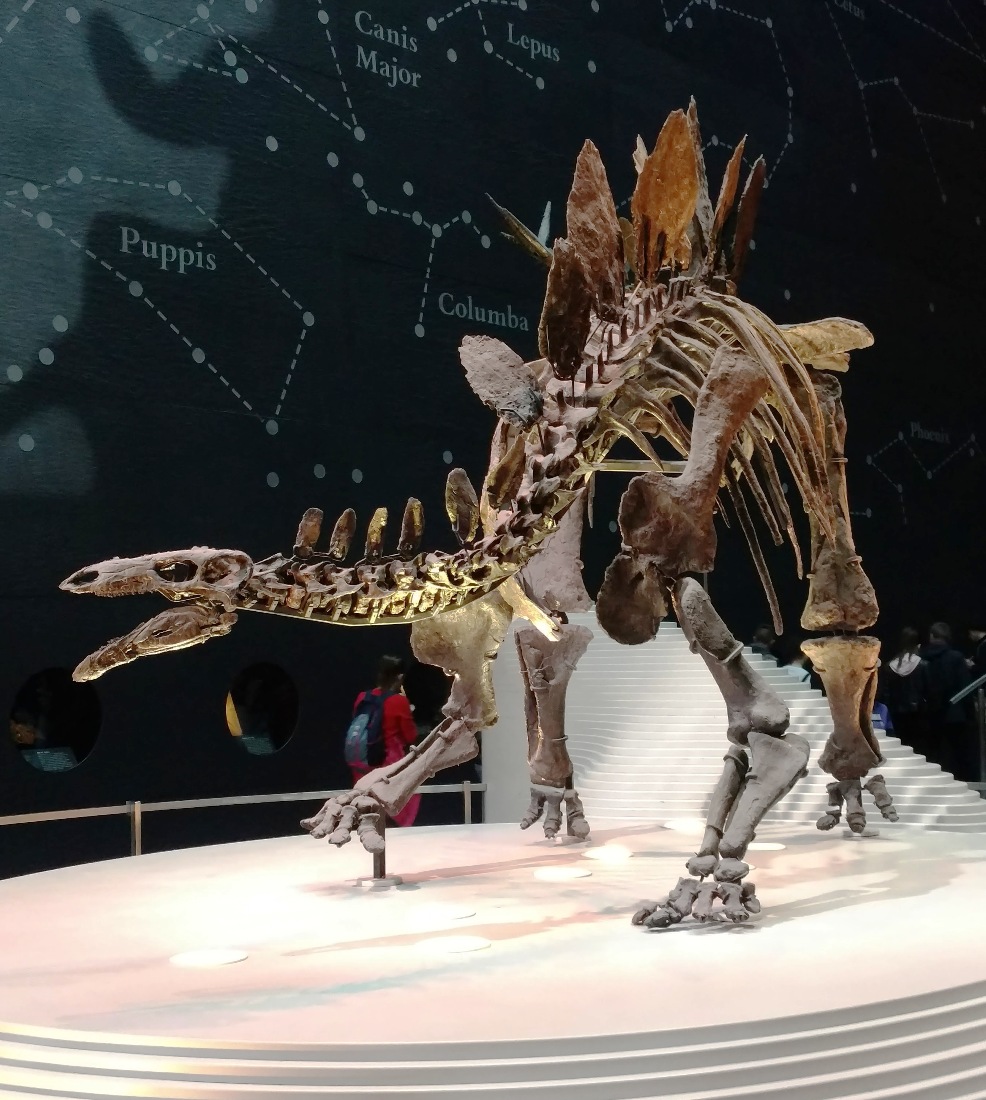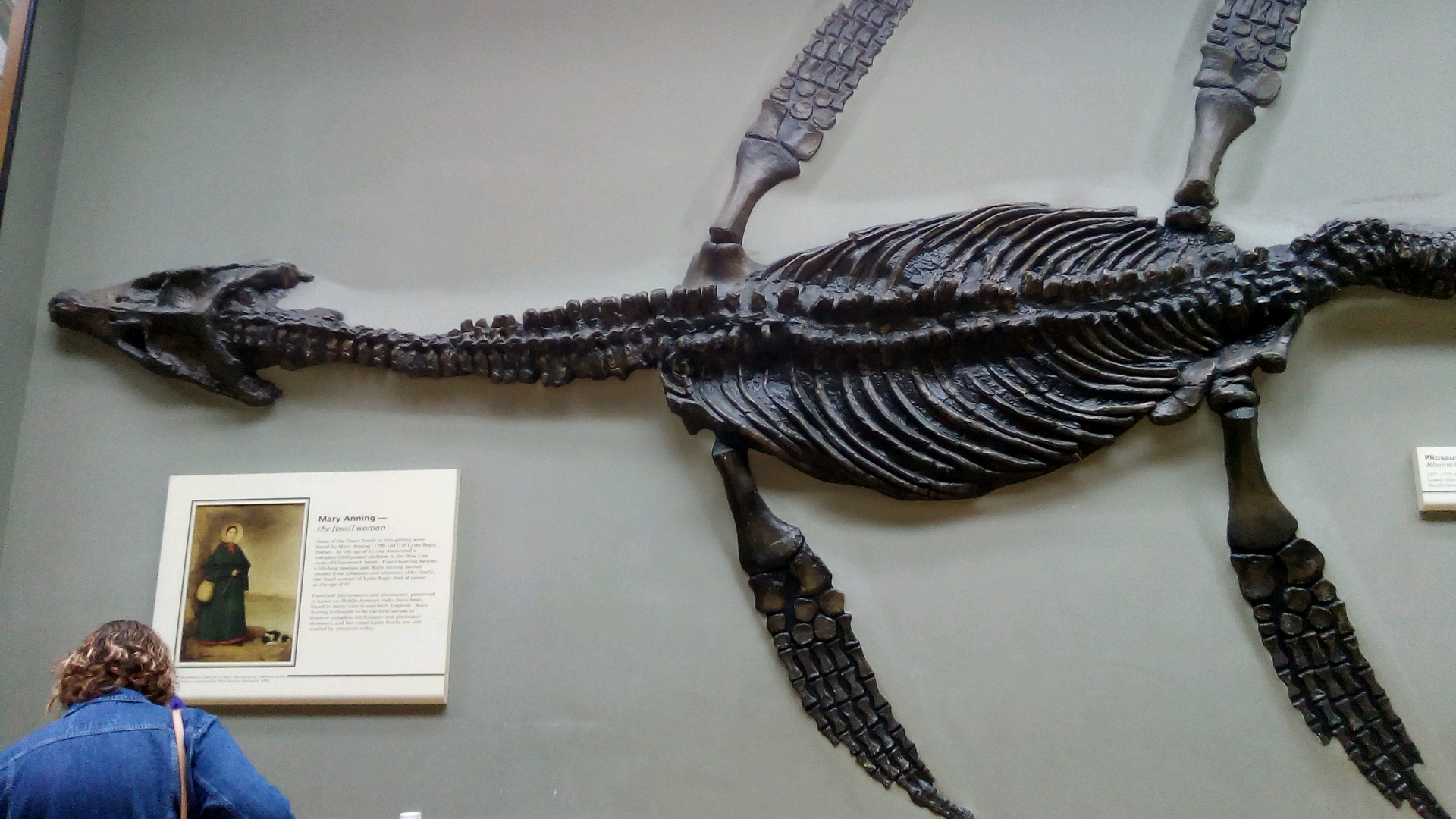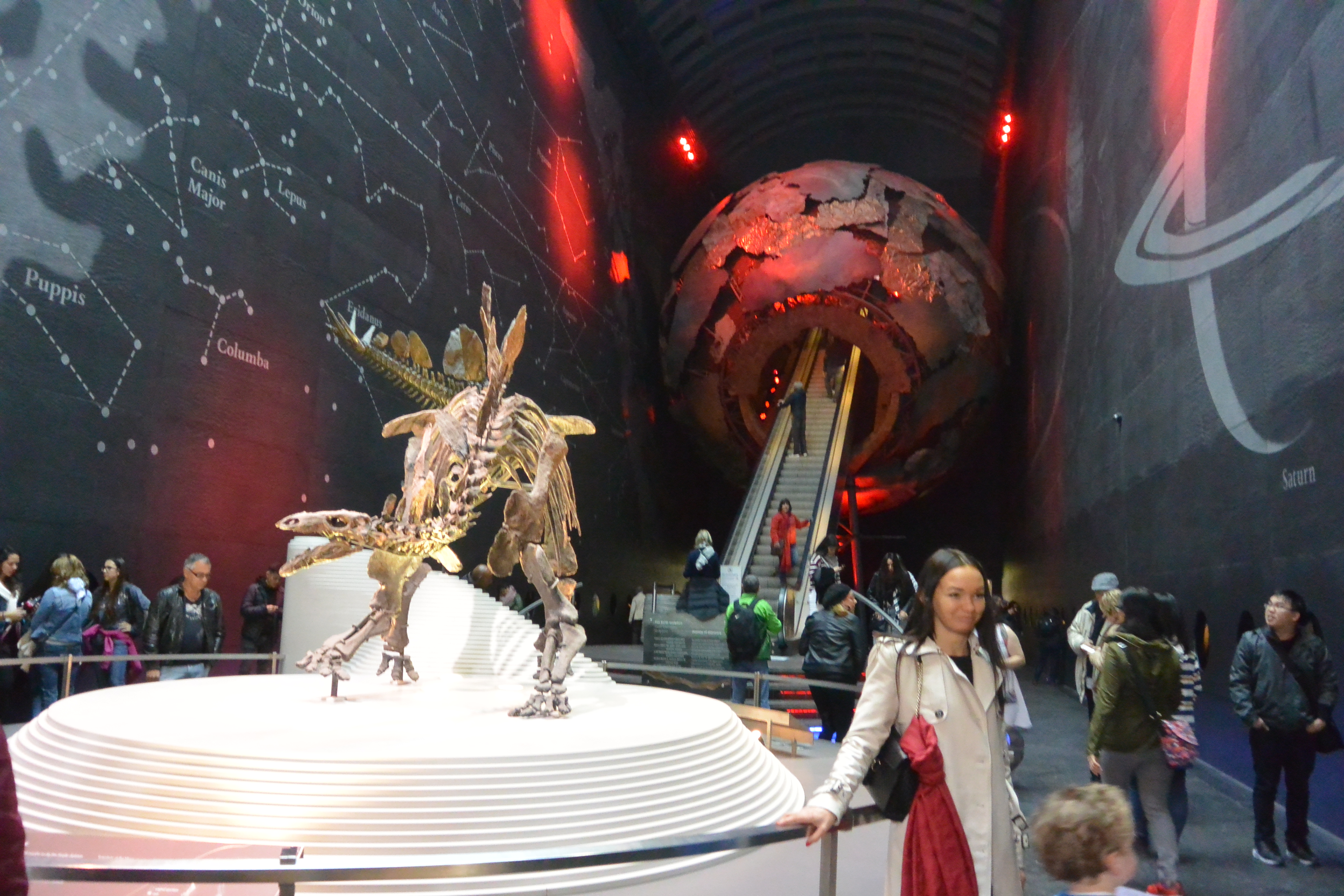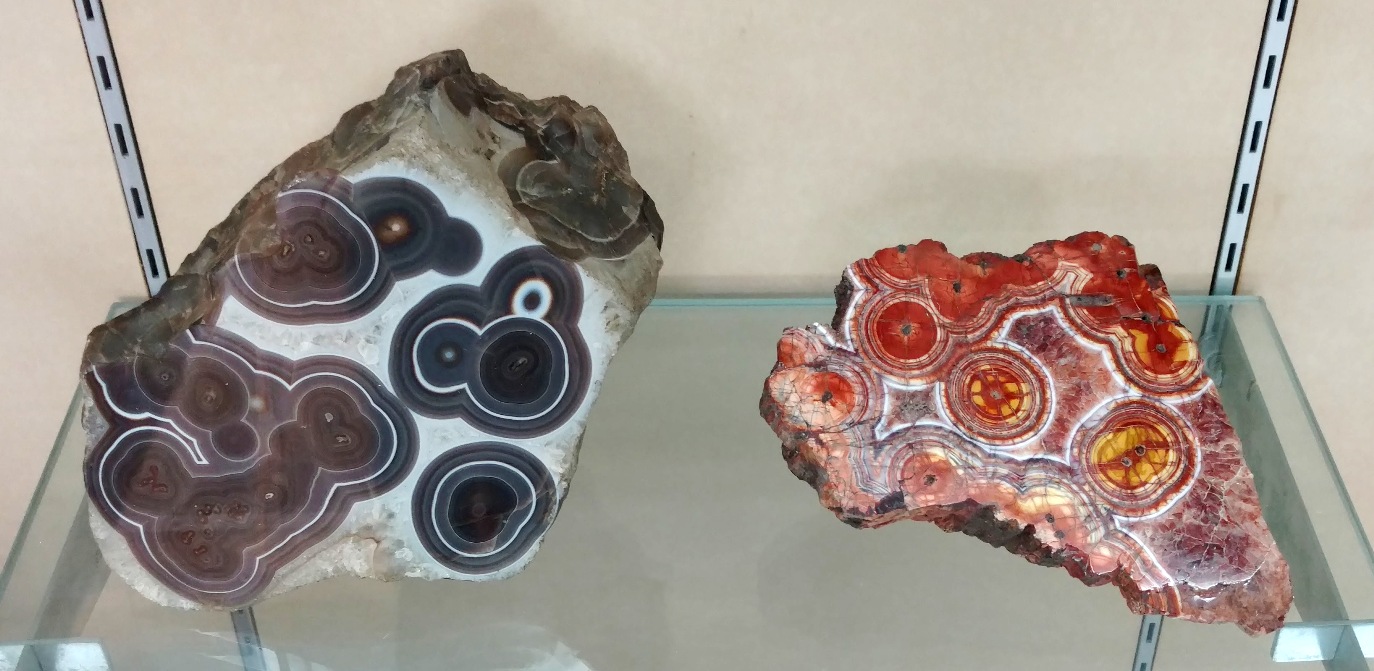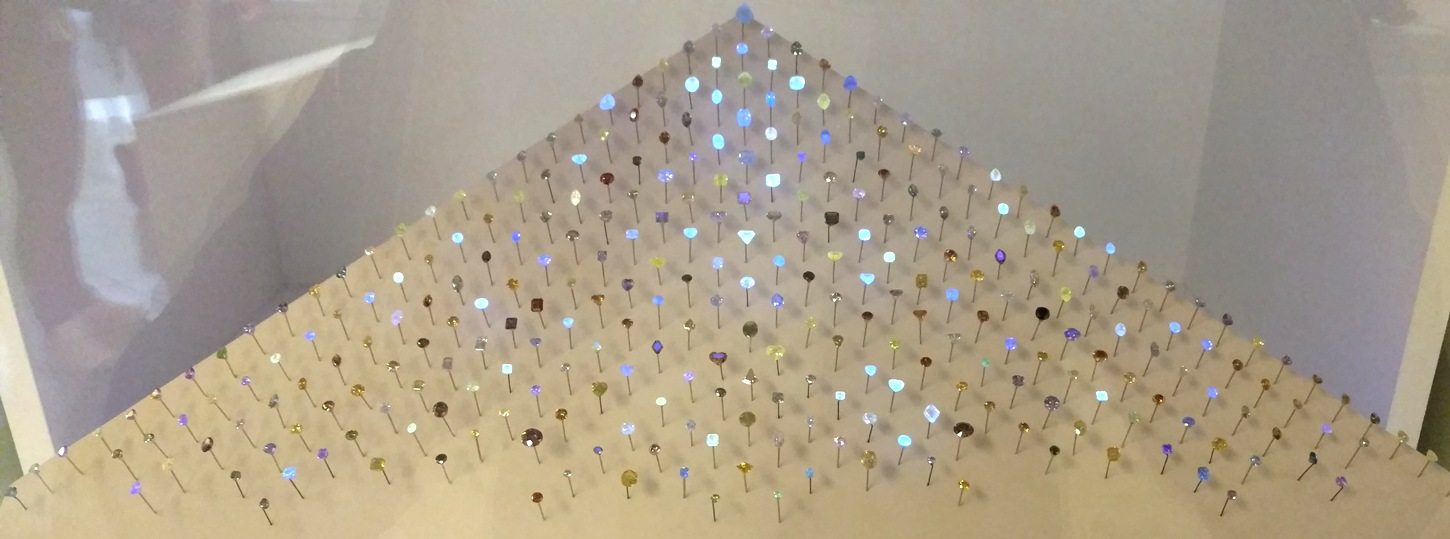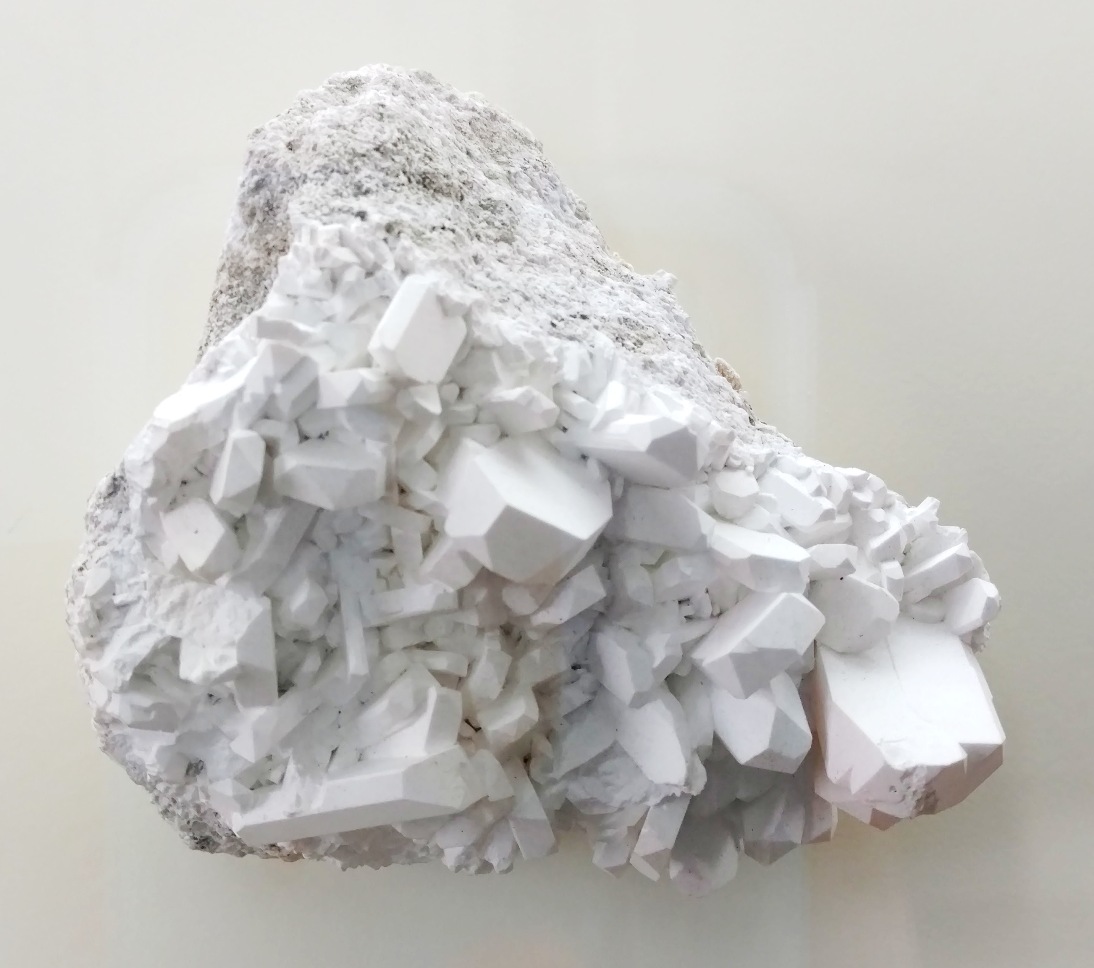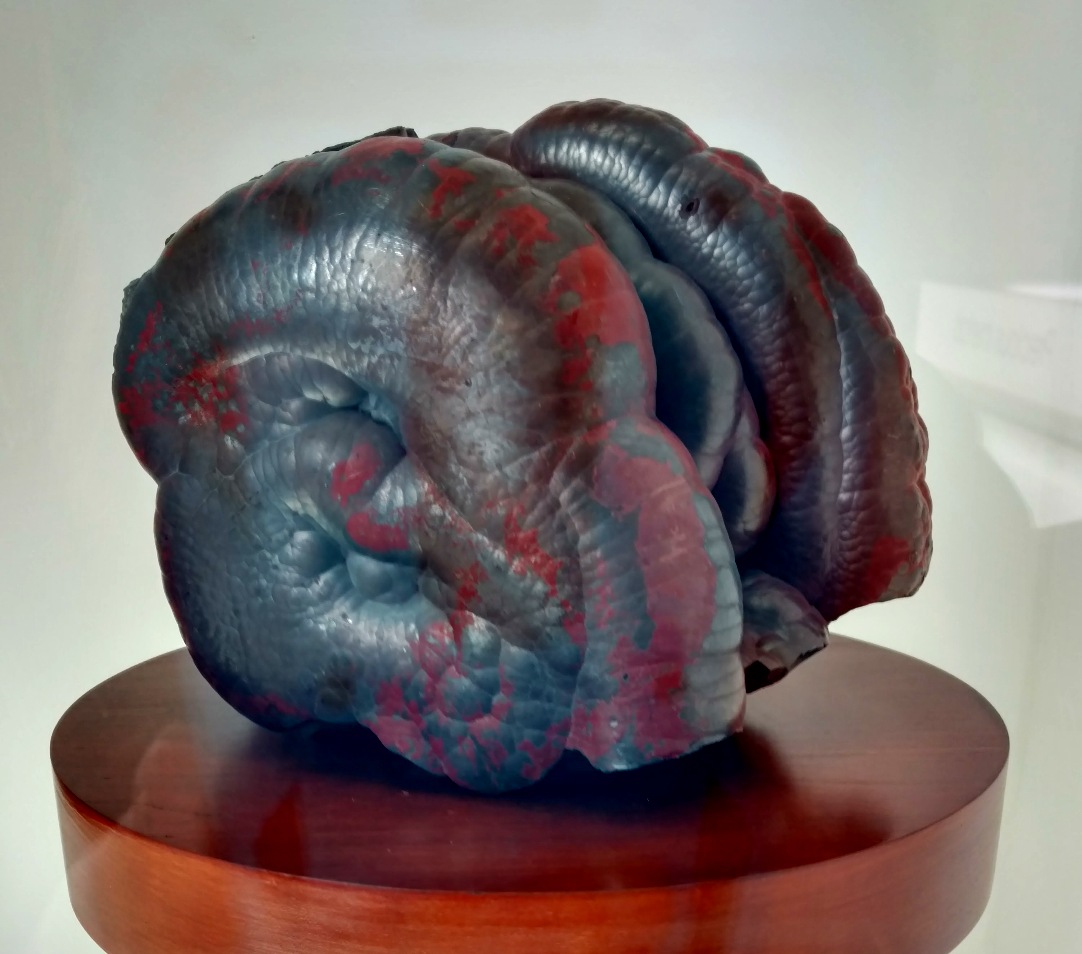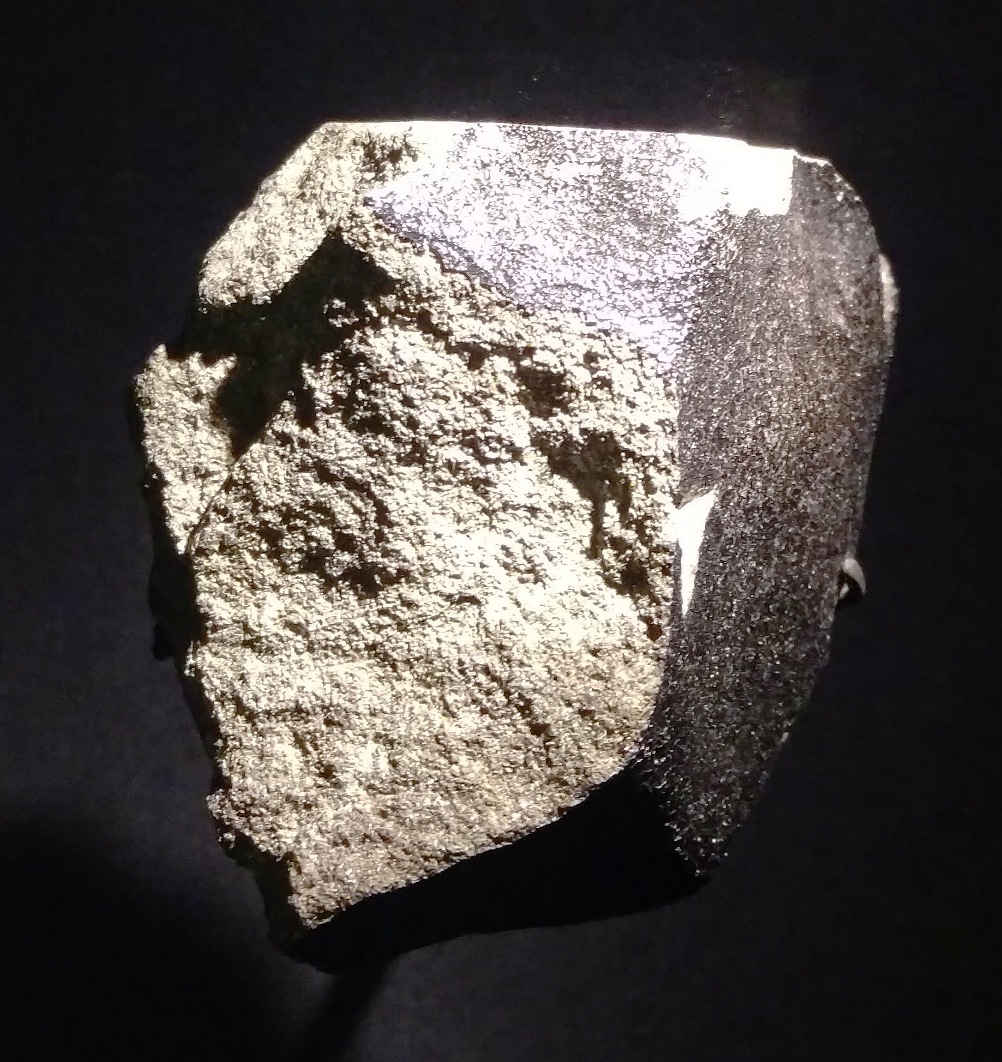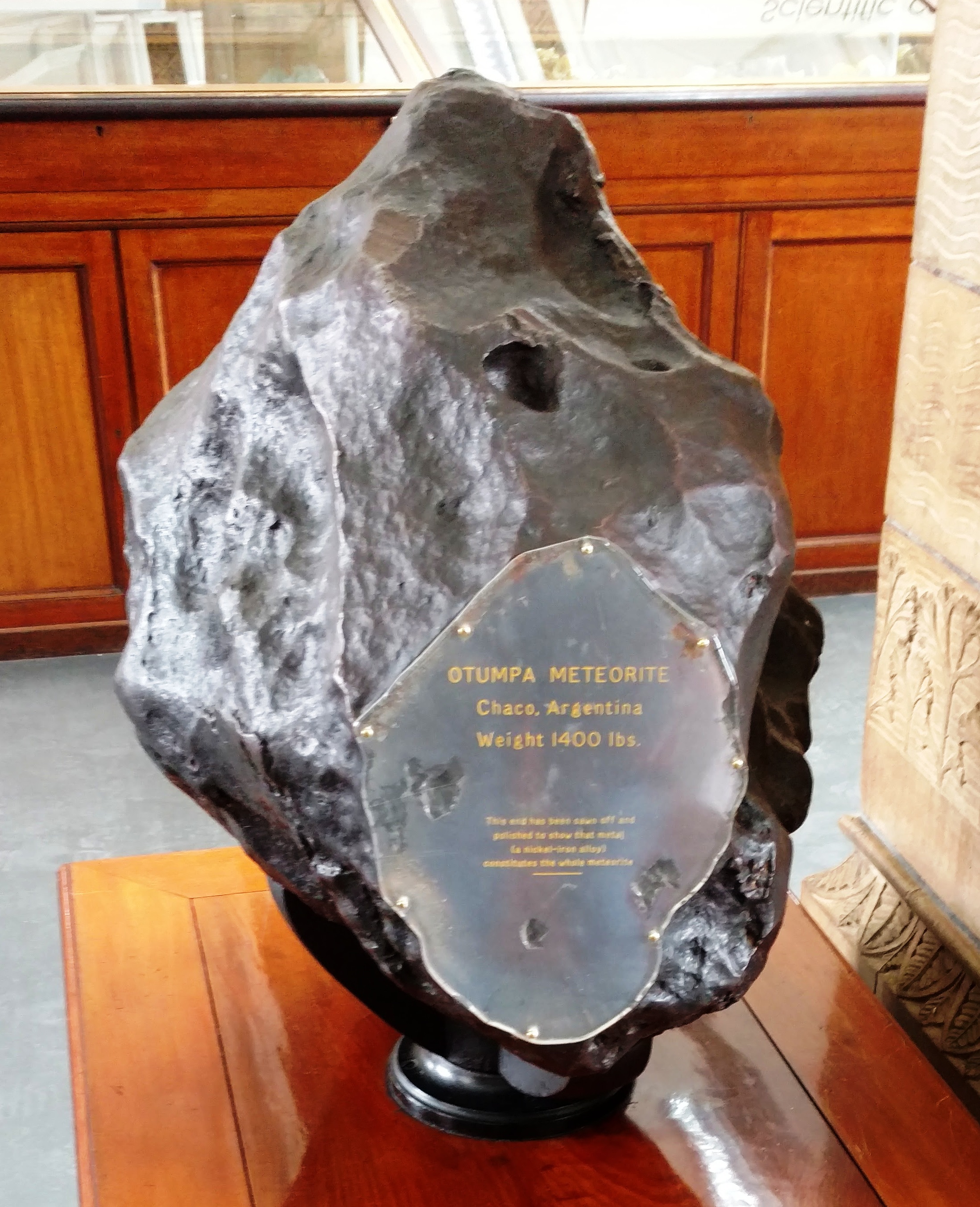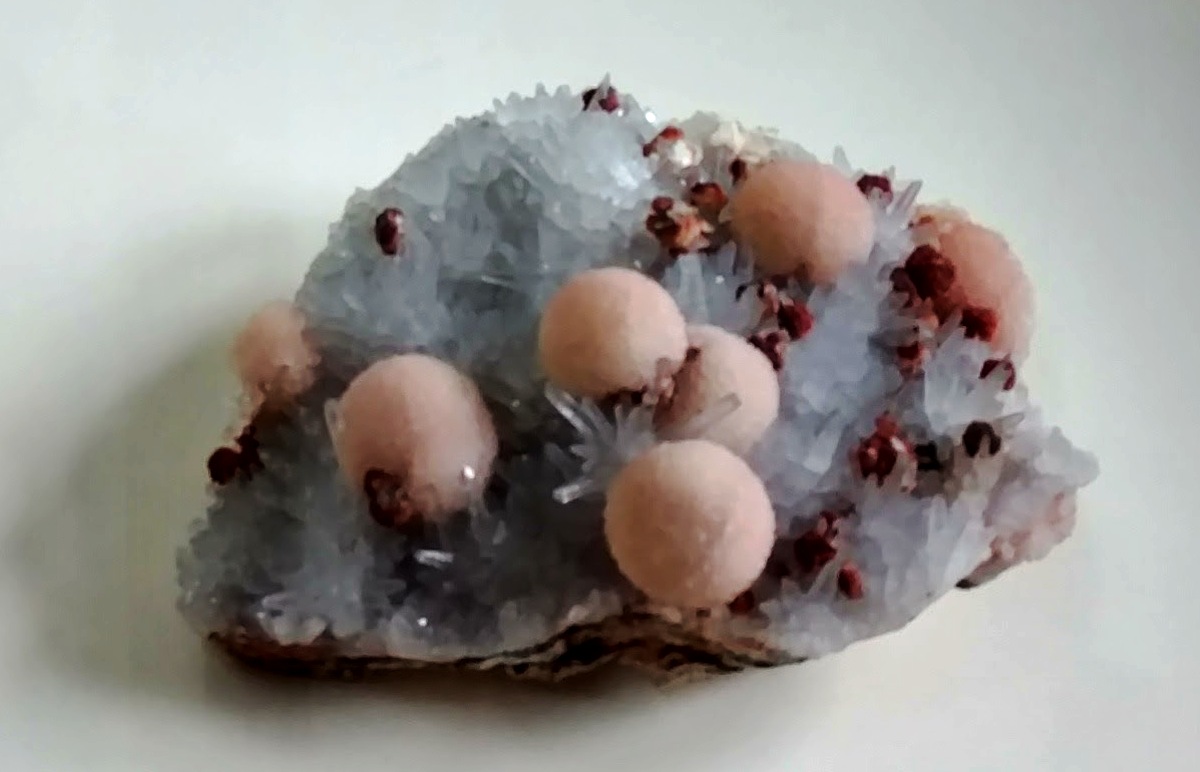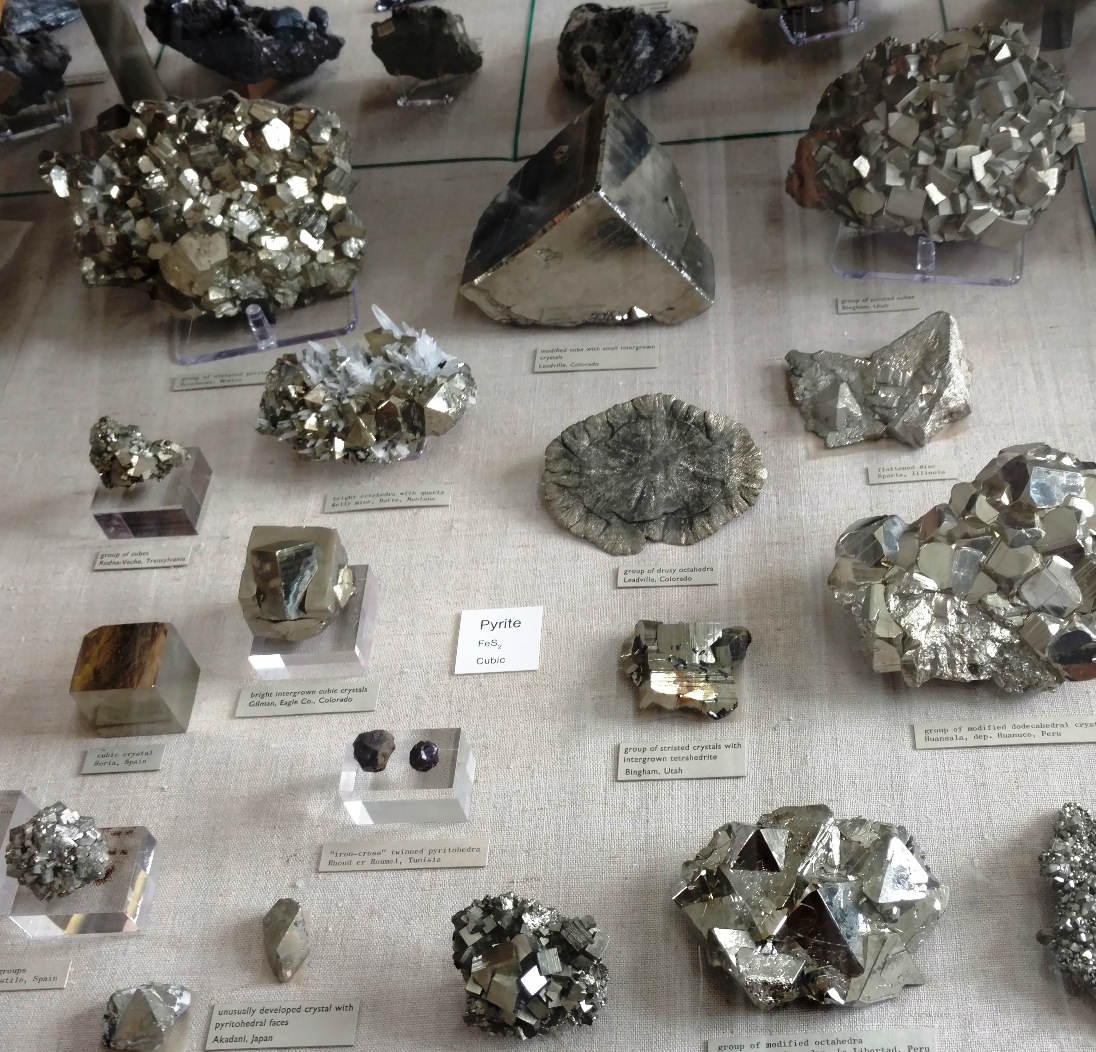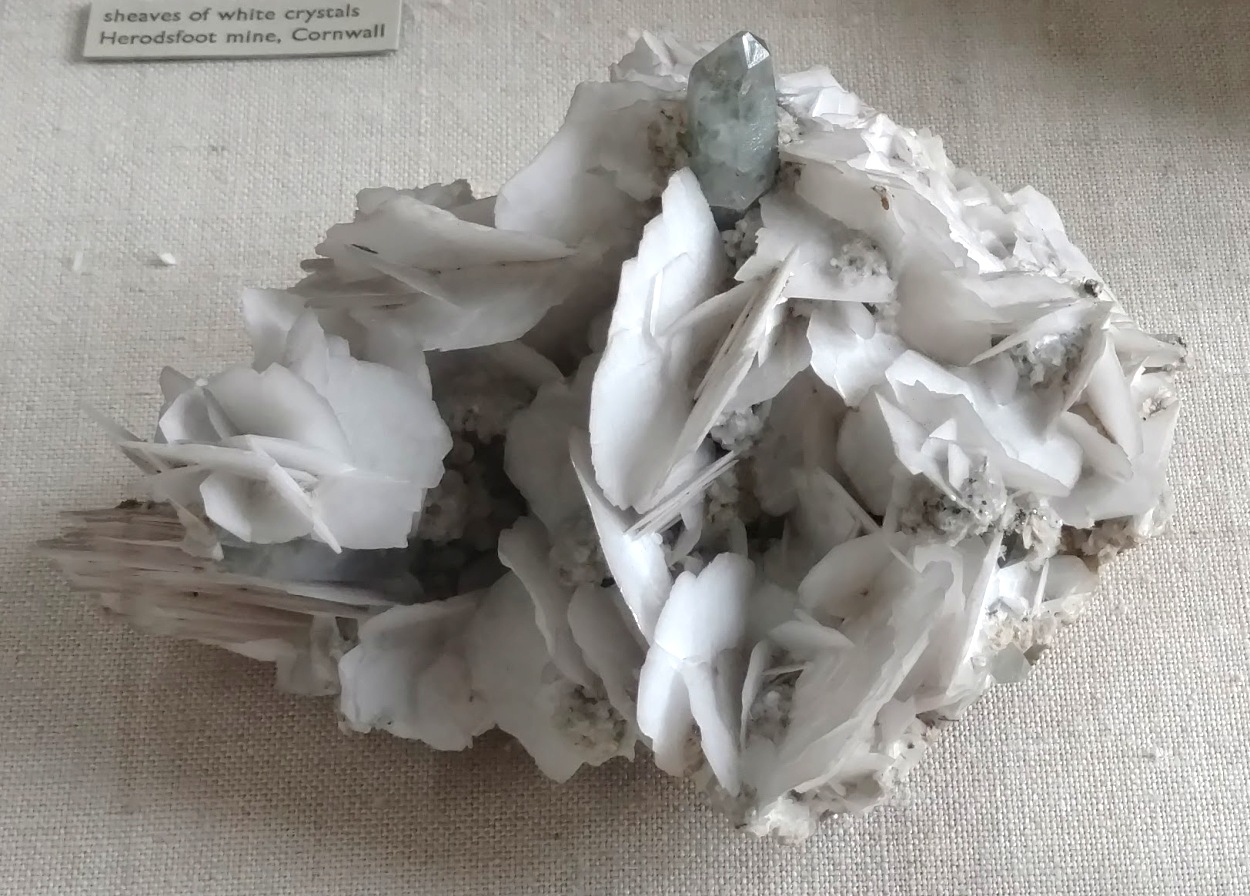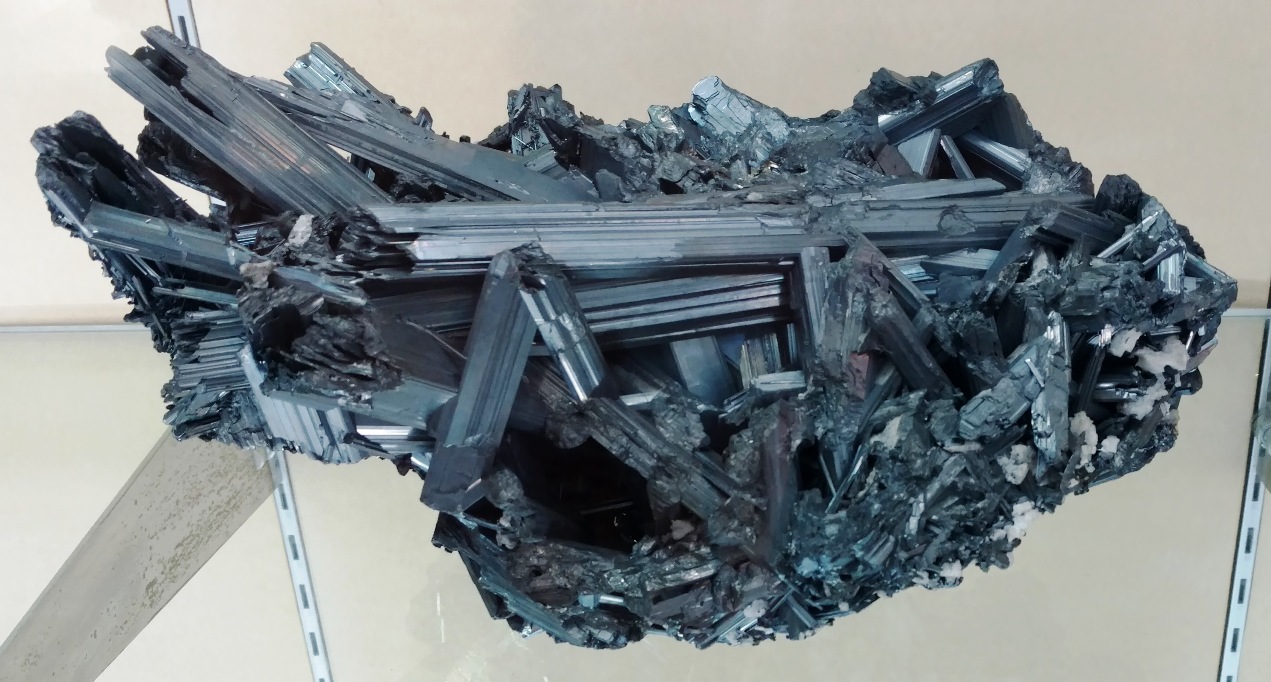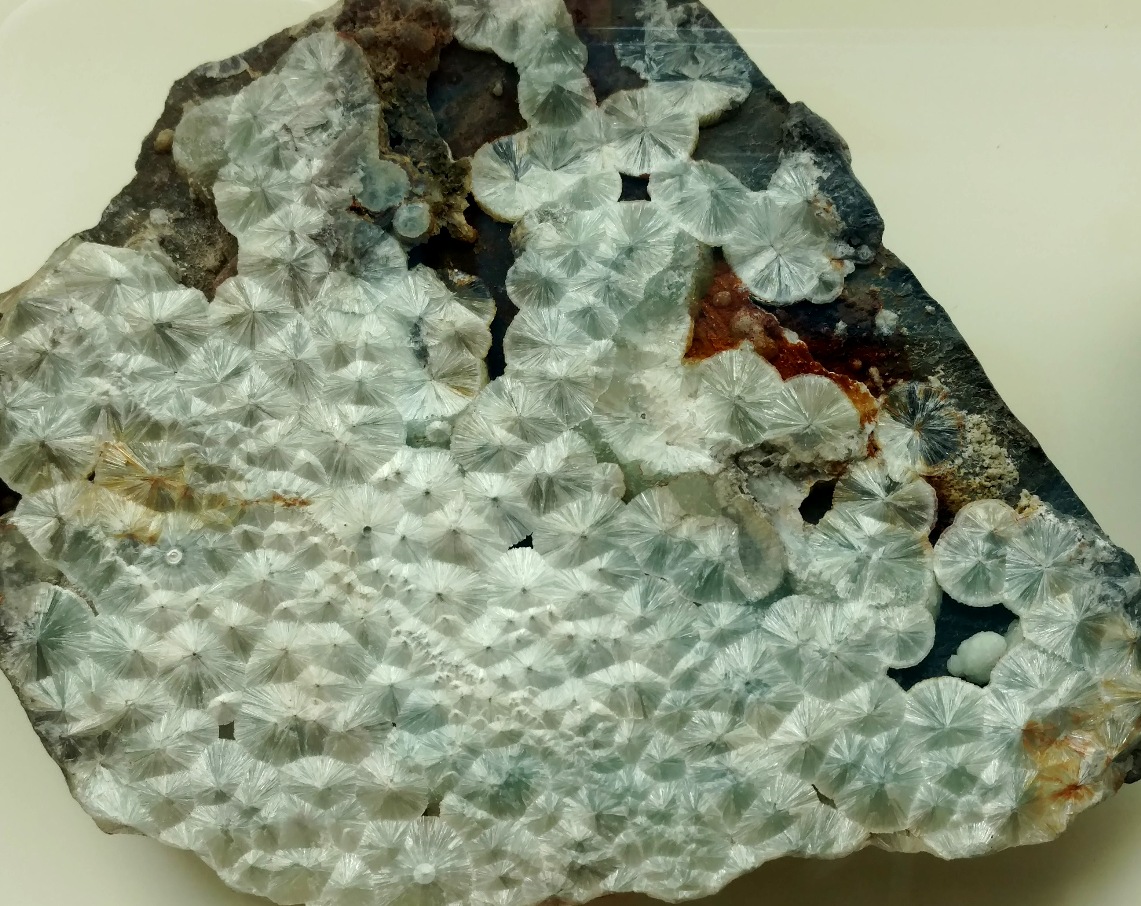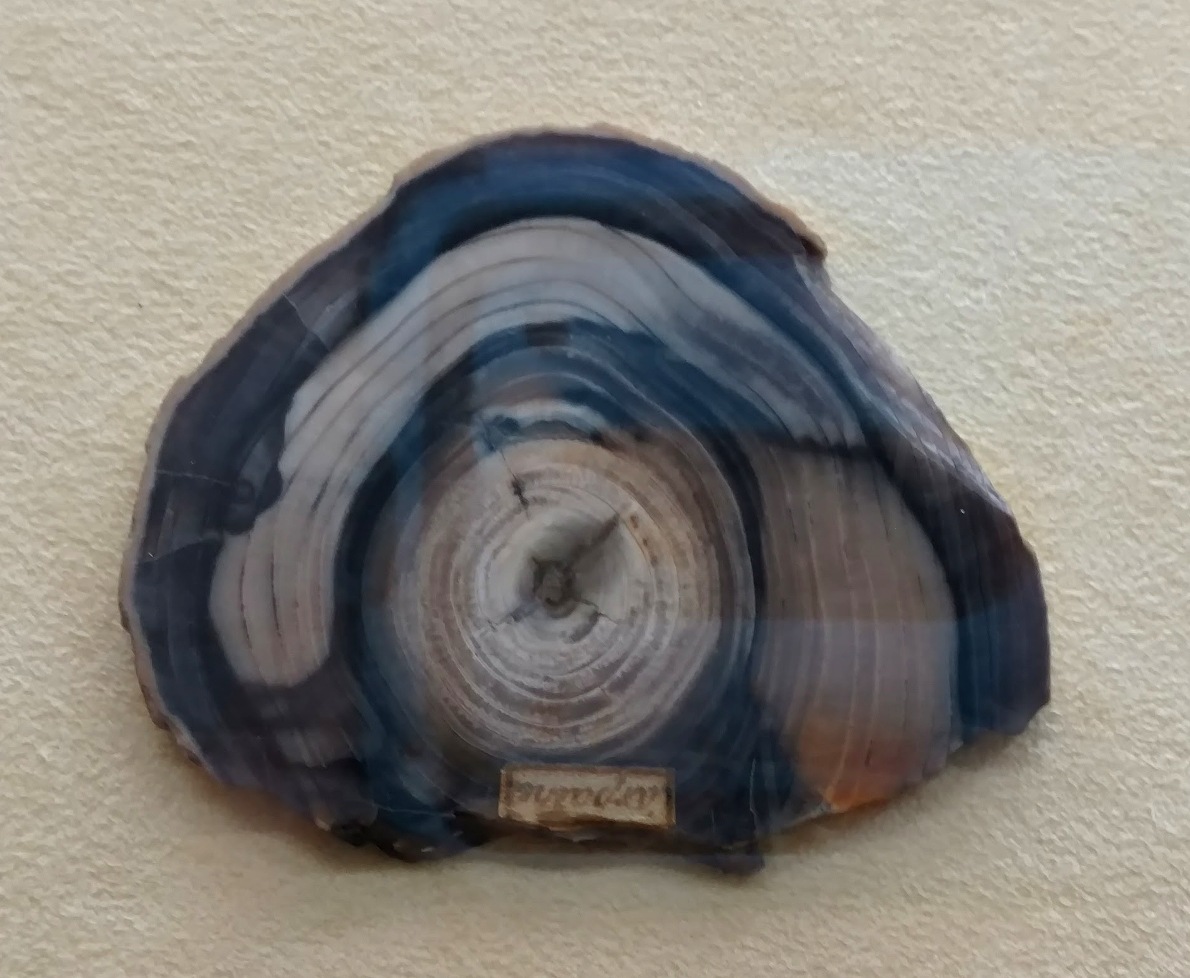Natural History Museum
From Londonhua WIKI
Revision as of 21:40, 11 May 2017 by Mthatfalvi (talk | contribs)
Natural History Museum
 | |
| Natural History Museum, Main Entrance | |
|---|---|
| National History Museum, London |
Overview
The Natural History Museum is a free museum open to the public and is dedicated to teaching people about how the natural world works. The museum's exhibits focus on the past, present, and future of the natural world and humanity through science and history. The museum has many temporary exhibits as well as permanent ones. It is also the workplace of many scientists who do research on Earth and life sciences.
Contents
- 1 Natural History Museum
- 2 Overview
- 3 Background
- 4 References
- 5 External Links
- 6 Image Gallery
- 7 Category tags
Background
The Natural History museum was opened in 1881 and is located in central London. It was officially known as the British Museum(Natural History) until 1992, even though it was fully separated from the British Museum in 1963.
Exhibits
The Natural History Museum in London has many permanent exhibits as well as some temporary exhibits. Some of the current and upcoming temporary exhibits are the exhibits featuring the wildlife photographer of the year and one dedicated to the blue whale. The following sections of this page are dedicated to the permanent exhibits of the museum.
Dinosaur Exhibit
The Natural History museum is home to a multitude of dinosaur fossils and information. The museum contains the first fossil ever found from a Tyrannosaurus rex and other interesting archaeological discoveries like the tail club of a Euoplocephalus and a complete Triceratops.
The exhibit also contains information on possible theories of how the dinosaurs became extinct including the popular theory that something from space hit the Earth and the impact slowly killed all of the dinosaurs.
Also included in the exhibit is information on various traits that dinosaurs developed over time and why certain species of dinosaurs evolved differently from each other.
Prehistoric creatures still around today
Today many go to The Natural History Museum to see the remnants of extinct dinosaurs, however, one can still see the ancestors of these amazing creatures. Due to the ever-changing world around them, many dinosaurs either had to adapt to the changes of the world around them or perish. An example of this would be the Tyrannosaurus Rex, which is a distant relative of today’s birds. Through new discoveries, researchers are convinced that the modern day bird has lineage with the theropod, bipedal, dinosaurs. This all began in the 1960’s when the Deinonychus, a relative of the T-Rex, was discovered. The animatronic Deinonychus in the Dinosaurs gallery highlighted the feathery and bird-like qualities, which shows the missing link between the T-Rex and bird. So the next time you are eating chicken, think that you are eating a relative of the king of the dinosaurs.
Prehistoric Sea Dinosaurs
Dinosaurs did not only exist on land, they also had homes in the sea. The Natural History Museum contains a large collection of complete Fossil Marine Reptiles including the well-known plesiosaurs and ichthyosaurs.
Pliosaurs (Rhomaleosaurus cramptoni)
The Pliosaur was one of the largest sea dinosaurs in the Lower Jurassic, stretching greater than 15 meters long. This powerful swimmer had a diet mostly composed of other plesiosaurs, ichthyosaurs and fish. The one located in the museum has is dated to be around 187-178 million years old and was discovered in Kettleness, near Whitby, Yorkshire by Mary Anning.
Ichthyosaurus
Space Exhibit
The space exhibit reflects our current knowledge of how the universe works. It discusses planetary change, solar systems, and graphics on the future of our universe. The graphics help to give an accurate timeline of historical events to show the magnitude of the span of the universes' history. The events go as far back as 2,500 million years ago. It discusses climate change and what affects it.
Marine Invertebrates
The marine invertebrates exhibit houses many examples of marine organisms that do not have backbones. These organisms include crustaceans, cephalopods, corals. The most distinguishing feature in the exhibit is a life sized giant squid that hangs from the ceiling along the back wall.
Extinct Animals Exhibit
The Natural History Museum in Kensington, London is a magnificent museum. There were many fascinating exhibits in the museum. The first exhibit we went through were drawings of extinct and old animals. There were drawings of dodo birds and turtles, and a tutorial on how to use the printing press for artwork. A video showed a woman etching a sheet of metal with many lines, then covering the whole sheet of metal with a single color of paint. While the paint was still wet, a large piece of paper and a cloth covered the sheet of metal. Once it was covered, it would go through an old fashioned printing press with a hand crank. The finished product would be the piece of paper with painted lines transferred from the sheet of metal. While going through the printing press, the paint on the etched metal lines would transfer over to the piece of paper, creating a magnificent piece of artwork that could be reproduced many times.
The Human Mind
Located in the human body exhibit is an entire section on cognitive thinking. Cognitive thinking refers to mental activities and skills that are used to perform tasks such as learning, understanding, remembering reasoning and more. This exhibit explores the depth and limits of the human mind in performing these tasks. There seems to be a lot of informational displays but most of the content was communicated through interactive displays. Some of the actives included how to improve your ability to memorize a list, pretending to be an eyewitness to a crime and even trying to see how many pictures you can recognize from a group of thirty.
Minerals & The Vault
The minerals exhibit showcases a large variety of minerals and The Vault holds some of the rarer specimens. Minerals are abiotic, naturally occurring substances that have a definitive chemical composition containing one or more elements arranged in a crystalline structure. While most minerals form into crystals, interference from a crystal's surrounding can prevent proper development. The best crystals are formed where the crystal has proper space to grow. Such crystals posses one or more forms of symmetry. These forms are symmetry about a plane, about an axis and about the center. These forms of symmetry can then be used to further classify the crystal. Some types of crystals have a typical shape it takes on, this is called its habit. They can also be color specific or appear in multiple colors. Within this exhibit everything from iron to pyrite to quartz to gold can be seen. In addition, there are some more unique artifacts. There is part of the Otumpa Meteorite on display. The meteorite is comprised of iron, was found in Chaco, Argentina and weighed 1400 lbs altogether. There are two rare meteorites from Mars. Lastly, the Aurora Pyramid of Hope contains 296 diamonds displaying the full range of naturally occurring diamond colors. When displayed under black light, many of the diamonds glow.
Human Evolution
Human Evolution is a new exhibit in the Natural History Museum. The gallery designer was Jenny Wong. The Gallery goes through the development and change of human evolution starting from 7 million years ago with Sahelanthropus tchadensis which is the earliest species of Early Hominins. According to the British Museum of Natural History's website on Human Evolution our origins of Homo sapiens starts from our closest relatives, the chimpanzees and the bonobos. The exhibit features the story of Early Homo sapiens originating from Africa and then eventually spreading across Europe to modern humans we see today. The oldest hominin fossil in the Museum's collection is a 3.5-million-year-old Laetoli canine belonging to the species Australopithecus afarensis. The famous Lucy, Australopithecus afarensis, is replicated and can be shown in the exhibit. The exhibit also features nine other kinds of human species such as Homo habilis, Homo rudolfensis, Homo erectus, Homo antecessor, Homo heidelbergensis, Homo floresiensis, Homo neanderthalensis, Homo naledi, and Denisovans.
Volcanoes and Earthquakes
Volcanoes and earthquakes have shaped the surface of the Earth for billions of years. These events are caused by the heat of the Earth's core, which moves the tectonic plates on the surface. Volcanoes and earthquakes bring death and destruction, but also produce minerals people depend on.This exhibit is located in the Red zone of the museum along with all the exhibits that focus on the past and evolution. By doing research and studying them, scientist are able to understand how they work and how to prevent casualties. The exhibit has interactive actives and information filled plaques about what causes earthquakes and volcanoes, places that were effected by volcanoes and earthquakes and preventive measures to stay safe in the event one of these may occur. There is a portion of the exhibit on Mount Vesuvius where there are casts of the victims from the eruption of AD 79. One activity was to experience the Great Hanshin earthquake of 1995 in Japan that claimed around 6,500 lives. This earthquake was a wake-up call to Japan and today their architecture is more suited for major earthquakes.[1]
Krakatoa
Krakatoa was a volcano in Indonesia that exploded in 1883 with the force of thousands of atomic bombs. The island that the volcano was located blew itself apart and it was heard from Australia, which was more than 3,000 kilometers away. Because of the collapse of the volcano, there were a series of great waves, which lead to a tsunami. Many costal towns and villages were damaged and destroyed and many people died from thermal injures of the blasts. The death toll was more than 36,000 people. Since the smoke blocked the sun, Europe and the United States had failed crops in the summer. In 1927, a small volcano began to grow in the place of the old volcano called Anak Krakatoa and it continues to erupt every so often. [2]
Great Hanshin Earthquake
On January 17th 1995, an earthquake stuck the Osaka-Kobe(Hanshin) metropolitan area and wreaked mass destruction ending 4,571 lives and injuring 14,000 people. Much of the infrastructure was destroyed including portions of the Hanshin Expressway as well as thousands of homes and businesses. This earthquake was a warning sign to Japan about the lack of earthquake ready infrastructure. It alerted the government to the fact that the new building codes were not enough to save the buildings from total collapse. The government was more prepared for the next earthquake[3]
The Darwin Centre
 |
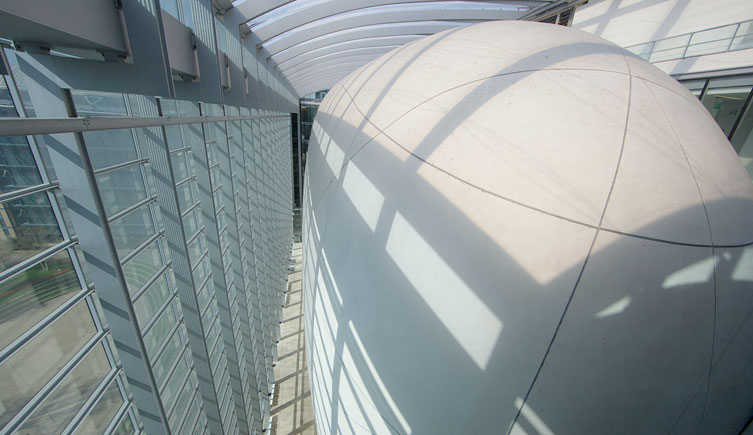 |
The Darwin Centre is a relatively recent addition to the Natural History Museum, opening to the public in 2009. The Centre is built around a eight-story display area called the Cocoon, which houses laboratories for museum scientists, as well as 3.3 kilometers of display cabinets. The Centre holds seventeen million entomology specimens and three million botany specimens. The top three floors are gallery spaces, containing specimens brought back by Charles Darwin from the Beagle voyage. The Cocoon, measuring sixty meters long, twelve meters wide, three hundred millimeters thick, and covering three thousand five hundred square meters, is the single largest sprayed concrete curved structure in Europe [4].
References
1. (n.d.). Retrieved May 09, 2017, from http://www.nhm.ac.uk/
External Links
If appropriate, add an external links section
Image Gallery
If appropriate, add an image gallery
Category tags
- ↑ "Volcanoes And Earthquakes | Natural History Museum". Nhm.ac.uk. N.p., 2017. Web. 11 May 2017.
- ↑ Science, Live. "Krakatoa Volcano: Facts About Deadly Eruption". Live Science. N.p., 2017. Web. 11 May 2017.
- ↑ "Kobe Earthquake Of 1995 | Japan". Encyclopedia Britannica. N.p., 2017. Web. 11 May 2017.
- ↑ Williams, R. (2009, September 14). Darwin Centre Opens to the Public. Retrieved May 10, 2017.
